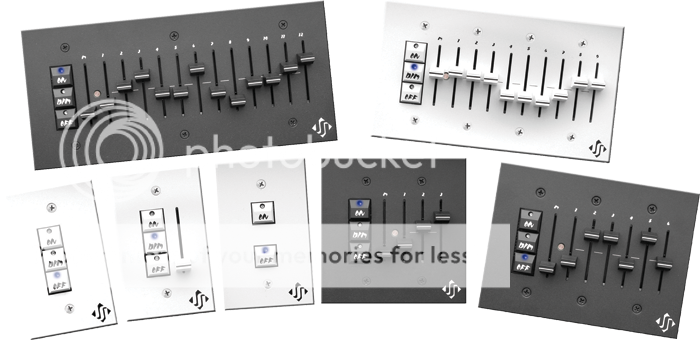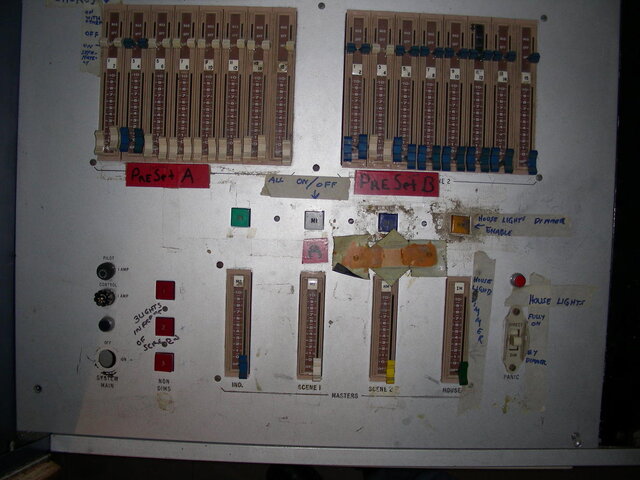DMXpro
Active Member
I was recently wondering how much it would take to build a very basic DMX-capable control console. I'd like to preface this post by saying that it would be just a project (for fun), but I'm wondering how little you could use and still get away with a decent console. My idea is to basically have a two scene preset using slide potentiometers for the channel/scene/GM faders, using a 0-10V system, and converting that to DMX-512 using an Arduino, max485 chip, etc.
This console would have essentially no electronic capability; literally a smaller, DMX'd version of an autotransformer rack.
Ideas?
(Mods, feel free to move this to off-topic.)
This console would have essentially no electronic capability; literally a smaller, DMX'd version of an autotransformer rack.
Ideas?
(Mods, feel free to move this to off-topic.)





